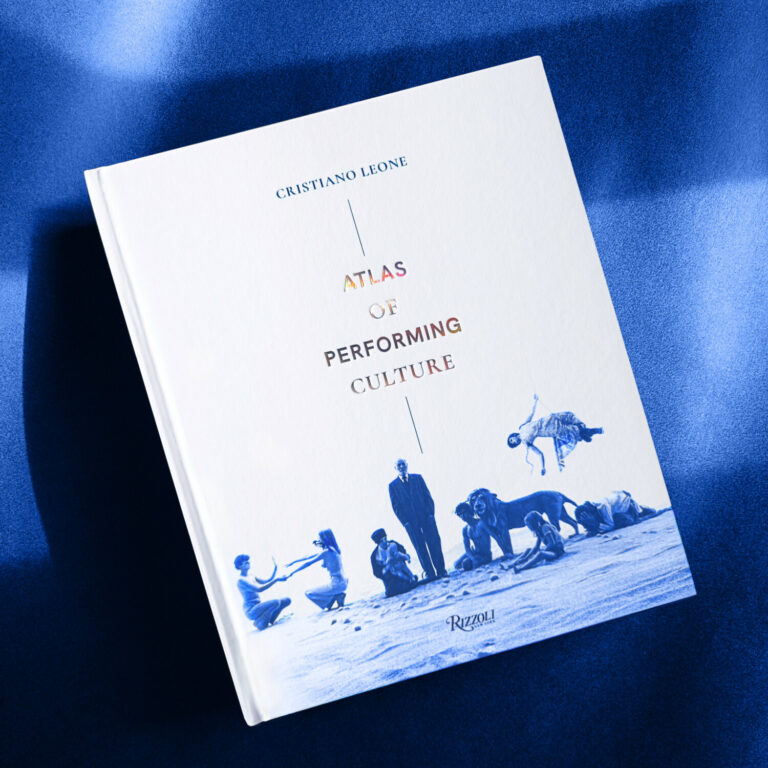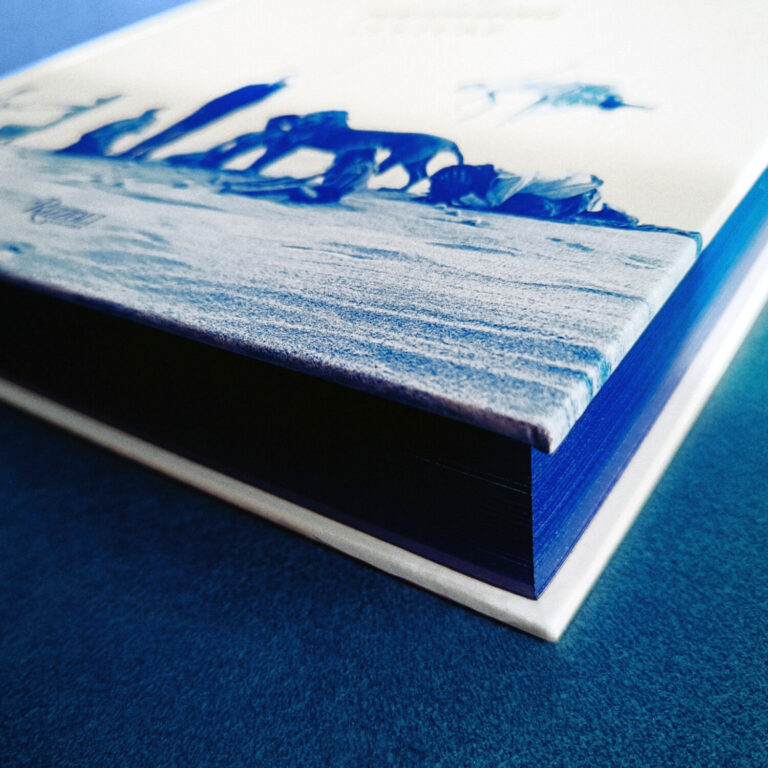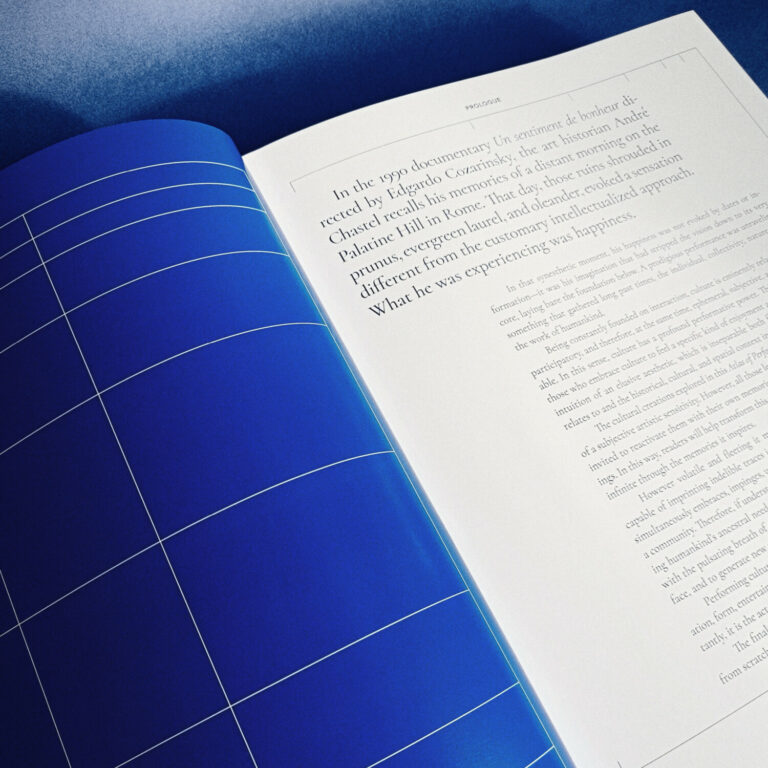Atlas of Performing Cultures is an illustrated voyage across five continents—Asia, Africa, Europe, Oceania, and the Americas—involving the study of venues and events related to performance, the dynamic and unrepeatable mode of artistic activity capable of uniting the audience—who becomes the protagonist—with artists and works of art, architecture, and nature.
The volume is organized around five thematic sections related to the physical spaces, venues, and typologies of events. The unique experience of performing art can involve an island museum in Japan, the Rio Carnival, a Brussels theatrical debut, a rave party in the British countryside, and a cultural center housed in a former funeral home in the outskirts of Paris. Alongside theaters, concert halls, and festivals, we also find museums, sculpture parks, and hybrid cultural centers that elude any attempt of cataloging.
By breaking down the traditional frontiers between performance art, visual art, and performing arts, this volume takes the reader—whether specialist, practitioner, academic, or simply art aficionado — on a journey to some of the main cultural sites and performative experiences around the world. Each section offers a specific overview into leading cultural organizations, as well as a selection of similar international institutions.
We’re not talking about an atlas of performing arts, but an atlas of performative culture – emphasizes Cristiano Leone – about that culture which creates an indissoluble, though sometimes fleeting, bond between the audience, the artists, human-made architectures, and the shapes of nature.
Indeed, this text aims to cross the frontier of the arts and focus on the marvel that occurs when culture federates, includes, and creates new communities, destined to endure well beyond the duration of a single event. This is evident from the structure of the volume itself: on its cover, we find a photo by Bert Stein of Robert Wilson’s work The Life and Times of Sigmund Freud, published in Vogue in August 1970. The choice of this image, referring to the creative complexity of the American director and artist, indicates that the universe of performative culture embraces theater, performance, poetry, psychoanalysis, music, dance, fashion, and many other aspects. It features women and men of different ethnicities and attitudes; some reflect, others play, yet others despair, on a beach where humans converse with nature and imprint traces on the spirit of the world.
The Klein blue color, the toned image, and the bordering reference the universe of Yves Klein, his work on the body, the dematerialization of art, and its spiritual dimension.
The title, like a shifting mirror, reminds us that it is never the same: it instead depends on the observer and the spatial and temporal conditions in which they find themselves.”
To be a performance artist, you must hate theater. Theater is an impostor; it’s a black box, you pay a ticket and sit in the dark to watch someone live someone else’s life.
The knife isn’t real, the blood isn’t real, and the emotions aren’t real.
Performance is the opposite: the knife is real, the blood is real, and the emotions are true. It’s a very different concept. It’s about real reality.Marina Abramovic, in the introduction to the Atlas
What’s increasingly important to understand is that the ability to perform art has become central in our daily lives; the way new generations relate to each other explains how ‘human contact’ is increasingly filtered through an incessant search to perform, to show, and share every aspect of one’s life through a digital filter. Social media platforms, particularly TikTok, have accelerated this process: they have become the ideal filter for externalizing a continuous performative ability, which is no longer just a necessity but an acquired relational approach. This is a mode of communication that has become the most determining and encompassing aspect of social rituals.
From the conclusions of the Atlas





